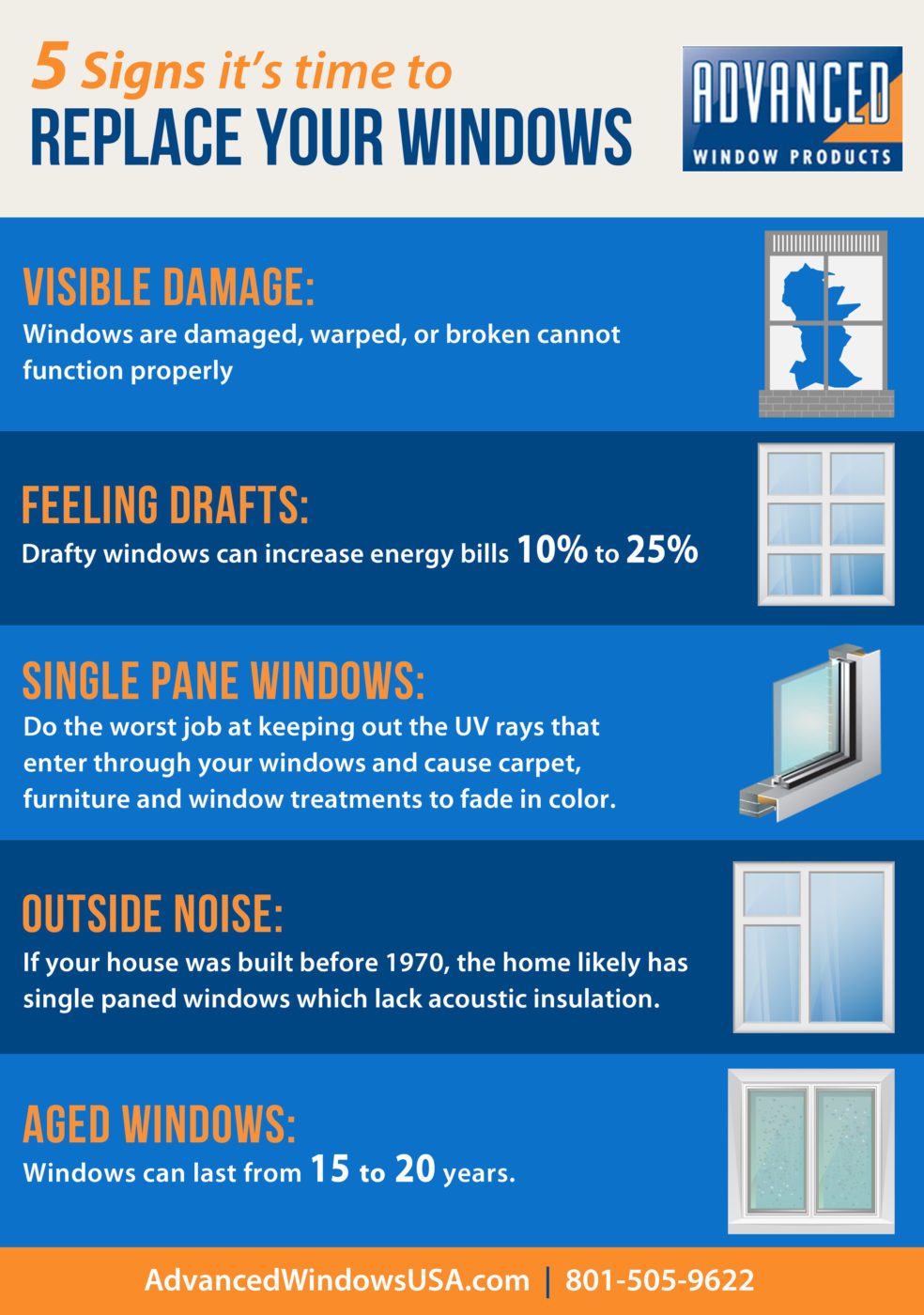The Most Reliable Pressure Cleaning Practices For Every Single Surface Area Group
The Most Reliable Pressure Cleaning Practices For Every Single Surface Area Group
Blog Article
Material Develop By-Vazquez Puckett
When it involves press cleaning, the method you select can make all the distinction in accomplishing a clean, streak-free finish. You might discover that hard surfaces, like concrete, require a various technique than softer products, such as timber or vinyl. It's essential to adapt your techniques to the surface type to stop damages while taking full advantage of cleansing efficiency. So, what are the most effective strategies for each and every surface, and how can you guarantee you're utilizing the ideal setups and tools for the work? Allow's discover what you require to recognize to obtain the very best results.
Hard Surface areas
When it concerns press cleaning difficult surfaces, prep work is key. Prior to you even consider taking out the stress washing machine, make the effort to get rid of the area of any debris, furniture, or barriers. You do not desire anything entering your method or possibly damaging your tools.
Next, examine the surface for any type of fractures or damages; this will help you establish the appropriate technique and stress settings.
Once you have actually prepared the location, it's important to choose the appropriate nozzle. For hard surfaces like concrete or block, a slim nozzle (15 or 25 degrees) functions best to supply a concentrated stream of water that can efficiently remove gunk and discolorations. Always start at a distance and progressively move closer to prevent any kind of surface area damage.
As you begin cleaning, maintain the stick moving to avoid touches and over-saturation. It's also valuable to work from the top down, allowing dust and particles to remove naturally.
Finally, remember to wash the surface thoroughly after cleansing to get rid of any type of remaining cleaning agent. With these methods, you'll achieve a tidy and refreshed appearance on all your tough surface areas.
Soft Surfaces
Pressure cleaning soft surface areas calls for a gentler strategy to shield them from damages. Whether you're cleansing your deck, patio area furniture, or siding, utilizing too much stress can lead to dents, scratches, or perhaps irreversible injury.
Begin by picking a low-pressure nozzle, preferably a 25-degree or larger spray pattern, to spread the water a lot more gently.
Prior to you start, it's essential to pre-treat any kind of discolorations with a suitable cleaning service. This action allows the cleaner to permeate the dirt and grime, making it simpler to get rid of without rubbing too hard.
Always apply the remedy from the bottom approximately stop spotting.
When you start pressure washing , maintain a distance of a minimum of 12 to 18 inches from the surface. Move your stick in a sweeping motion, keeping it alongside the surface to prevent concentrated stress on one spot.
Rinse the area completely after cleaning to eliminate any residual cleanser.
Last but not least, inspect the surface area for any kind of missed out on spots and duplicate the procedure if necessary. By following these steps, you can effectively tidy soft surfaces while preserving their stability and look.
Specialized Surfaces
Cleaning up soft surfaces needs treatment, yet specialized surface areas require much more focus to information. When you deal with these surface areas, like delicate wood, discolored concrete, or certain sorts of home siding, using the ideal stress washing strategies is critical to avoid damage.
First, evaluate the product. As an example, treated timber can typically withstand modest pressure, but softer woods like cedar may need a reduced setting. Always begin with the most affordable stress and progressively raise if required.
For discolored concrete, use a follower spray nozzle and keep a constant range to stop etching the surface.
When taking care of surfaces like plastic siding or repainted surfaces, a wide spray pattern assists disperse the pressure evenly, securing the finish.
It's also wise to utilize cleaning agents specifically created for specialized surfaces. window cleaners can enhance cleaning without endangering the material.
https://www.today.com/shop/foam-cleaner-will-make-your-oven-look-brand-new-t172375 after cleaning to get rid of any deposit, as it can bring about discoloration or deterioration with time.
Verdict
To conclude, mastering stress cleaning methods for different surface areas can make all the difference in your cleaning outcomes. For tough surface areas, stay with slim nozzles and a top-to-bottom approach, while soft surfaces require a gentler touch with larger nozzles. Do not fail to remember to pre-treat spots and wash completely to stay clear of deposit. By adapting your methods per product, you'll not just accomplish a cleaner finish but additionally protect the stability of your surfaces. Happy cleansing!
